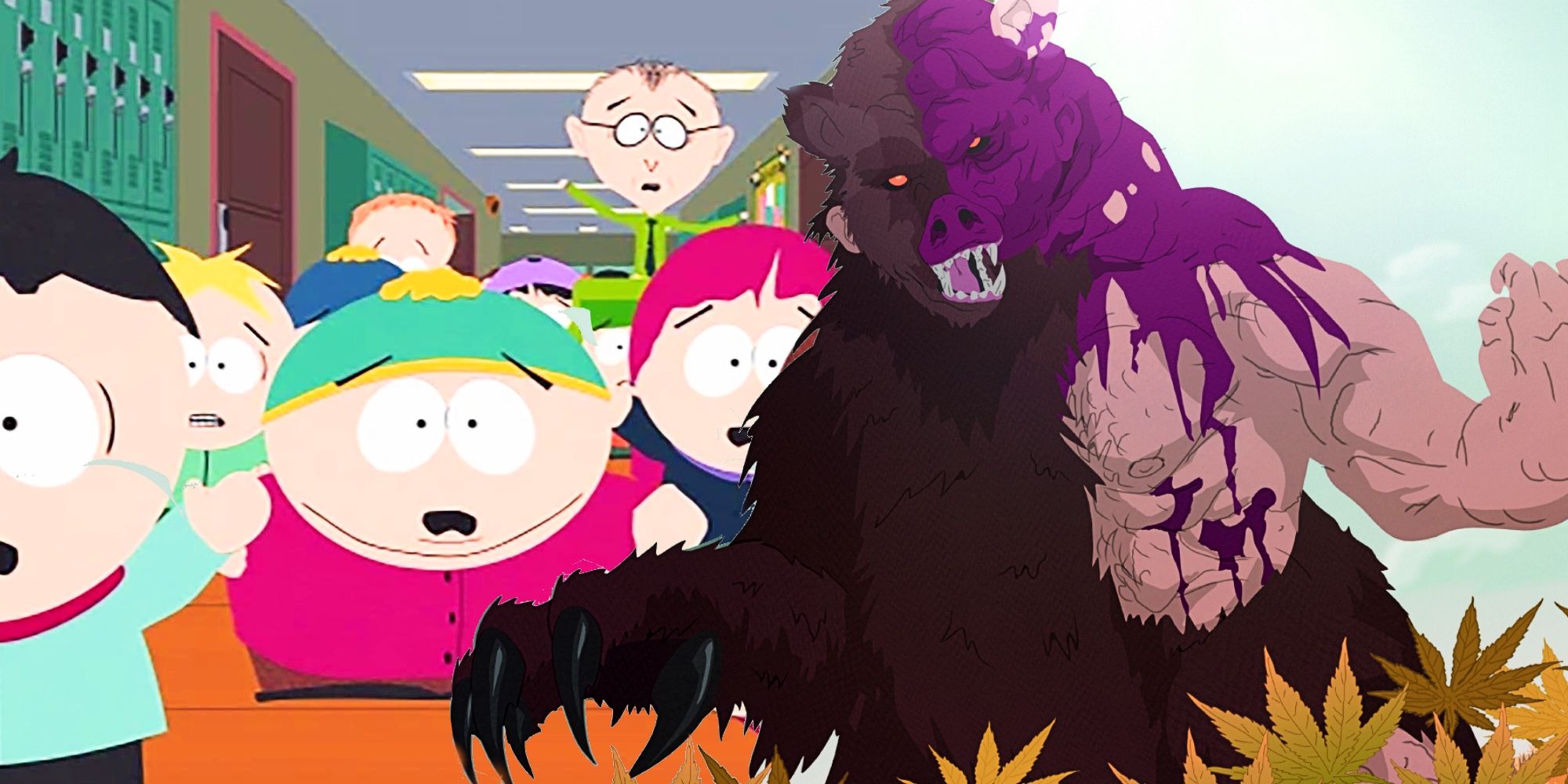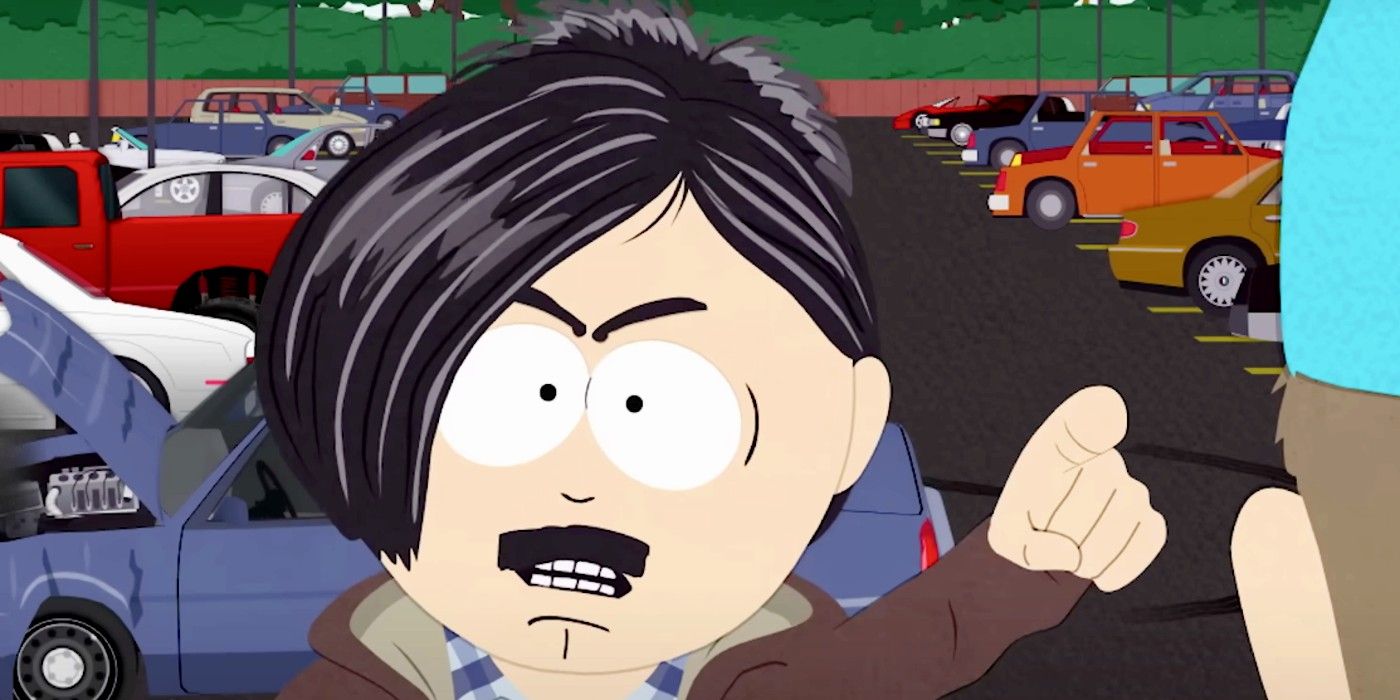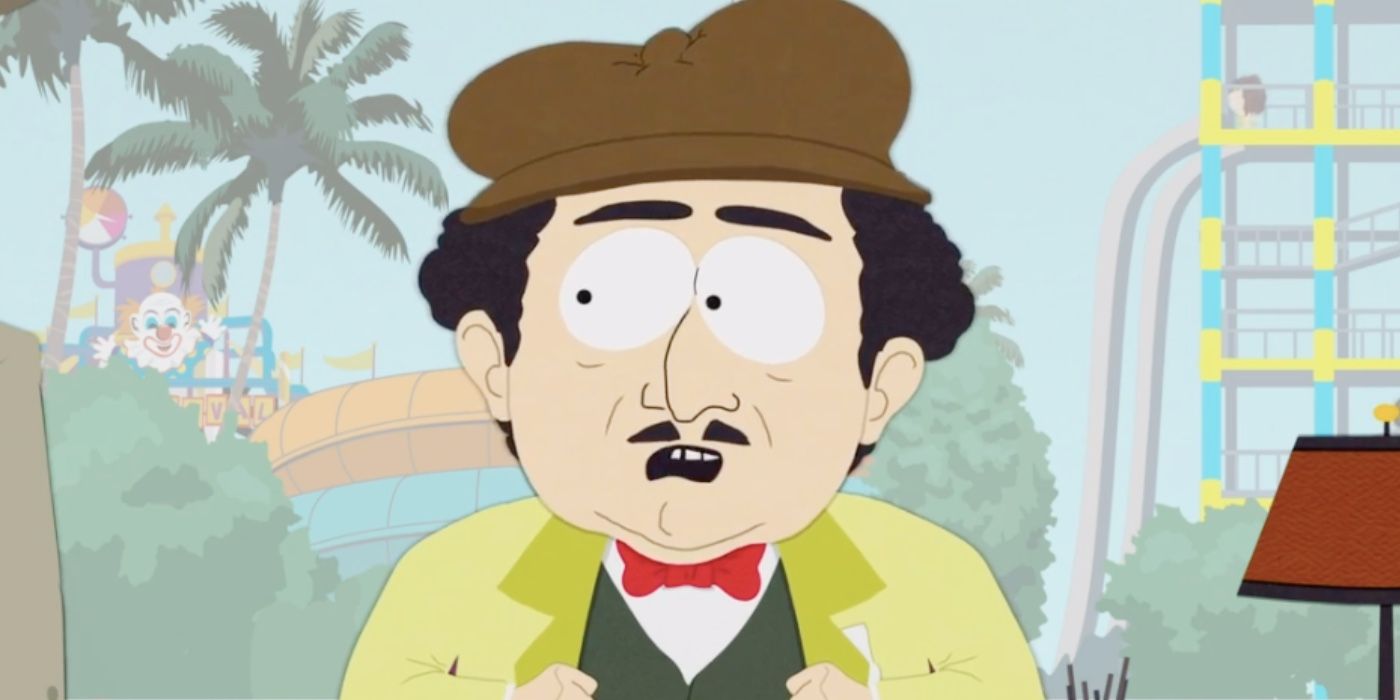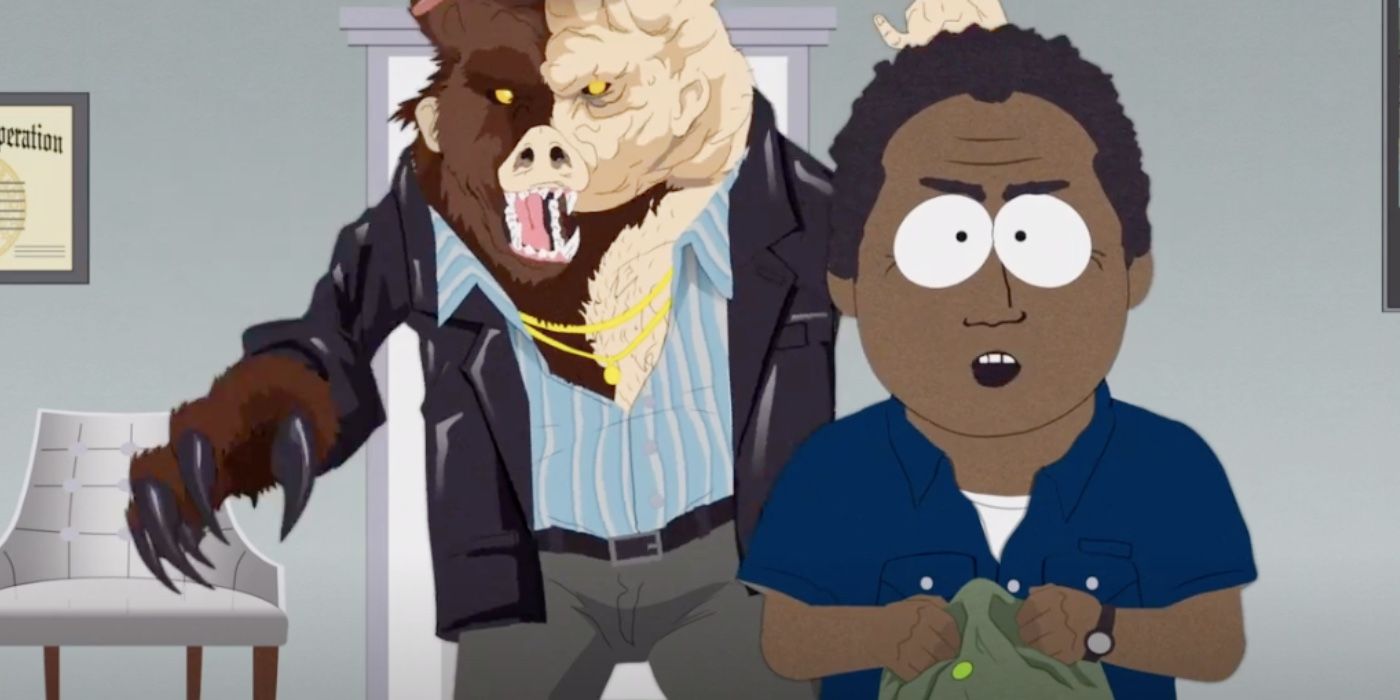
While South Park: The Streaming Wars Part 2 wrapped up the show’s latest special in style, there were a few subplots that needed an in-depth explanation to make sense of them. While South Park: The Streaming Wars Part 1 didn’t need a sequel, the feature-length special did receive a perfect coda. South Park: The Streaming Wars Part 2 premiered on July 13, and the concluding chapter wrapped up the South Park’s special’s two-part story as only the anarchic animated satire could.
The Streaming Wars Part 1 ended on a bleak note, even by South Park’s darkly comic standards. Tolkien’s father, Steve Black, was missing and presumed dead, Pi Pi, the evil waterpark owner, was taking over the titular town’s water supply and causing a drought, and the South Park boys were powerless to stop his plan. Fortunately, The Streaming Wars Part 2 solved all of these plots with the help of a divisive character.
While South Park season 25 proved Randy Marsh was better off as a supporting star than a leading man, The Streaming Wars Part 2 made a strong argument for his leading character status once again. The special opened with Randy trying to return to his old self before later seasons of South Park made the mild-mannered geologist an increasingly absurd figure of fun. Meanwhile, the South Park boys attempted to uncover who was behind the town’s dwindling water supply, only for these stories to intersect in The Streaming Wars Part 2’s clever ending.

At the end of The Streaming Wars Part 2, Randy temporarily gave up on his admirable attempts to become his self-serious old self and went “full nuclear Karen” again. South Park fixed its Randy problem by reminding viewers that the character could play the show’s straight man when necessary, only to then make judicious use of his absurd, outrageous side. While Pi Pi was directing celebrities who advertised crypto in a commercial for his urine-fuelled streaming service, Randy stormed inside his water park and confronted the villain. The South Park boys escaped their imprisonment beneath the water park thanks to ManBearPig’s wife and creepy child, and, with ManBearPig’s family freed from Pi Pi’s clutches, ManBearPig was able to attack the evil water park owner and free the town of South Park from the water baron’s plan.

Pi Pi, the waterpark owner, was definitively killed off in The Streaming Wars Part 2’s ending. While Tolkien’s father Steve Black, was brutally beaten up by ManBearPig and thrown down a water slide in The Streaming Wars Part 1’s ending, his body was never shown, and South Park never confirmed that he was dead. Sure enough, he returned in The Streaming Wars Part 2, still alive but badly injured. In contrast, Pi Pi had his head torn clean off by ManBearPig onscreen, with his body slowly floating down a water (or rather, urine) slide. As a result, whether or not The Streaming Wars Part 3 happens, viewers can be sure that this particular South Park villain is dead for good.

While The Streaming Wars Part 1 leaned into the joke of Randy’s petulant, self-obsessed nature making him a Karen, The Streaming Wars Part 2 began by deconstructing this gag and reversing Randy’s recent character trajectory. South Park finally ended the Tegridy Farms plot (or so it seemed) with The Streaming Wars Part 2, as Randy admitted his change from a respected geologist to an irrational Karen came about because of his excessive marijuana smoking. Although the ending of The Streaming Wars Part 2 did see Randy’s family plead with him to become Karen once more, and the character acquiesced, the fact that Randy finished the South Park special as a geologist rather than a weed farmer was promising news. Not only that, but Randy’s sidekick Towel (who was one of South Park’s most divisive characters before the Tergridy Farms plot) didn’t appear in The Streaming Wars Part 2, making odds of South Park season 26 abandoning the plot line seem even higher.

One of The Streaming Wars Part 1’s best jokes was the return of ManBearPig, a controversial figure from the show’s past. In its first South Park appearance, ManBearPig was a blatantly imaginary threat that Al Gore was using to scare the people of South Park. The monster was an obvious stand-in for climate change, a threat that Gore highlighted in his 2006 documentary An Inconvenient Truth. Inconveniently for the creators of South Park, history vindicated Gore’s warnings about climate change, and South Park’s depiction of ManBearPig as a ludicrous, overblown threat aged terribly. Credit where it is due, South Park’s later seasons brought back ManBearPig, this time depicting it as a genuine, murderous threat in a metaphorical mea culpa for the show’s mockery of Gore. In The Streaming Wars Part 1, the controversial South Park joke was revisited when ManBearPig was revealed to be Pi Pi’s, right-hand man.

However, in The Streaming Wars Part 2’s most confusing twist, the special revealed that ManBearPig’s wife and child were being held hostage by Pi Pi to make ManBearPig co-operate. What made this tough to decipher was the fact that ManBearPig’s wife and child didn’t have obvious real-life equivalents, while ManBearPig was such a clear stand-in for climate change that South Park characters used the phrases interchangeably. As such, it is hard to tell what consequences of global warming and man-made climate catastrophe ManBearPig’s wife and child were intended to represent. However, like South Park season 25’s Russia/ Ukraine satire, the message of The Streaming Wars Part 2’s ending was hard to miss.
The special’s closing scene may have seen the town of South Park defeat Pi Pi thanks to Randy’s clever idea of a desalination plant, but this wasn’t the end of the town’s struggles with climate change. Stan noted that the existence of ManBearPig’s wife and child meant the locals needed to pay attention to climate change and what it might do if left unchecked, only for Randy to tell him that the desalination plant was an easy fix for now so they could go back to ignoring the bigger issue. With this last line, South Park: The Streaming Wars Part 2’s ending took aim at the "quick-fix" solutions to major systemic issues that are often used as a band-aid in the modern world despite doing nothing to solve more underlying problems.
from ScreenRant - Feed https://ift.tt/kAo06Ww

No comments:
Post a Comment